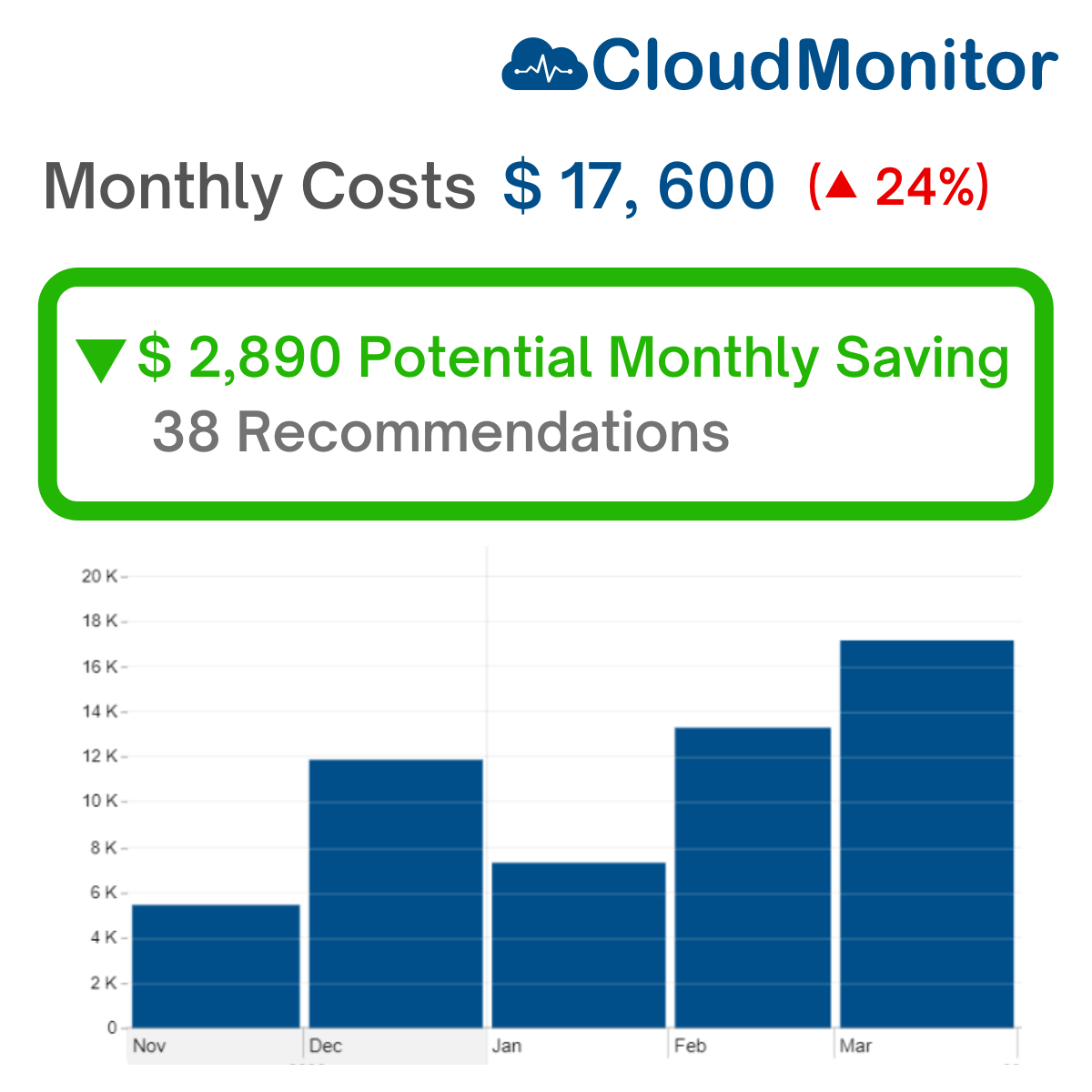Allocation Capability
Allocation is crucial in FinOps as it allows your organization to track and manage its cloud spending effectively. Unallocated cloud costs can be consider wastage as it cannot be reclaimed.
Allocation involves tracking and managing your organization’s cloud spending effectively. By assigning costs to specific resources, departments, or projects, your organization can gain visibility into where cloud resources are being used and identify areas where they can optimize their spending.
CloudMonitor excels in this Capability as it allows you to categorize resources into “Cost Groups” which represent a Business Unit, Cost Centre or Project and store additional information about the Cost Group.
CloudMonitor features related to Allocation

Cost Groups
Cost Groups allow you to group cloud resources based on specific criteria, such as business units or projects, and then allocate the costs of those resources accordingly.
By doing so, you can gain a more accurate and granular understanding of your cloud spending and can make more informed decisions about how to optimize your cloud usage.
Dynamic Cost Groups by Tags
You can manually add subscriptions, resources, or resource groups to a Cost Group or you can also configure it to be dynamic based on tags. This feature allows you to automatically include any resource that has specific tags attached to it.
This is a great feature if you already have good Tag governance in place.


Costs by Tags
The Costs by Tags page simplifies the process of cost allocation by breaking down your cloud expenditure according to assigned metadata tags. This enables efficient tracking and allocation of costs across different departments, projects, or other organizational units, thereby enhancing transparency and accountability in your cloud financial management.
Allocation Definition
Cost Allocation refers to the practice of dividing up a consolidated invoice or bill among those who are responsible for its various parts. In the context of FinOps, this involves dividing up consolidated Cloud Service Provider invoices among various IT groups that use cloud within the organization. FinOps is necessary due to the large quantity of billing and usage data provided by cloud providers, and the speed at which it is delivered. However, cost allocation can be challenging because it involves dividing the total cloud bill among the many parts of an organization that are using it.
To effectively allocate costs, cost allocation is done through a combination of functional activities that primarily focus on the use of a consistent hierarchy of accounts, projects, subscriptions, resource groups, and other logical groupings of resources. Resource-level metadata, such as tags or labels, applied within the cloud service provider, or by a third-party FinOps platform, is also used. Cloud providers offer tools to allow users to arrange hierarchy groupings and apply metadata to those groupings. The naming standards used for the accounts, resource groups, projects, and folders can also be useful in determining the owner of any group of resources.
Increasingly, FinOps platforms and cloud providers are adding the capability to more flexibly manage resource metadata and hierarchy groupings either within the cloud provider or in the cost and usage data after delivery by the cloud provider. Cloud provider invoices can be analyzed using a combination of hierarchy and metadata to allocate costs to various organizational, functional, or financial targets within the user company. Any resources or hierarchy groupings without metadata can be addressed by the FinOps team as a compliance issue. Resources and hierarchy groupings that can be directly attributed to an internal target can be mapped to that target. Resources and hierarchy groups that are shared can be identified as shared costs, and then various models of distributing those costs can be applied.
An important prerequisite to effective cost allocation is the metadata strategy, which should include all the details governing the cost allocation process. The strategy should create a list of metadata that should be applied, possible values, compliance requirements, and mechanisms for doing so. Likewise, it should indicate a mapping of those metadata or hierarchy groupings to internal identifiers within the user organization, such as the business unit, P&L group, cost center, application ID, etc., to which costs will be allocated. There can be multiple layers of cost allocation and multiple ways to slice the cost and usage data as well. For example, finance may need to see costs divided into the Cost Center, but some engineering teams may need a more granular breakdown by application, and there may also be a need to see all costs related to Production environments for all applications, or costs which are identified as R&D costs.
